A group of passengers, each with different backgrounds and skill sets, are quietly riding a passenger train when they are suddenly transported to a strange world where human civilization and technology doesn’t exist. Instead, they’re surrounded by untamed jungle filled with roaming dinosaurs. These people must learn to forage, rediscover technologies, and build up their defenses in order to survive.
This might sound like the plot for a new sci-fi movie or show, but it’s actually the premise for Durango, an upcoming open world MMORPG (massively multiplayer online role-playing game) from Nexon M, designed specifically for mobile devices.
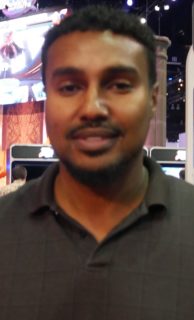
Mike Tekle, associate director of product at Nexon M, explained to AListDaily that time travel isn’t necessarily involved in Durango. Rather, players are transported to an alternate world and they must learn to survive and pioneer the land against a multitude of carnivorous dinosaurs.
Durango was officially announced in June and was shown for the first time on the E3 show floor where attendees could try the game out. Nexon had a Durango kiosk set up, and players got a taste of the game as a guide stood nearby to present background and tips. Nexon has also been promoting the game extensively via its Facebook and Twitter channels.
Having released hits such as Maple Story, Vindictus and many others, Nexon is no stranger to MMO games. However, this is the first MMO the company is releasing for mobile platforms. When asked what inspired the development of a free-to-play dinosaur-themed survival MMO for mobile, Tekle said, “The development team at What! Studio, one of the top studios in South Korea, and their director Eunseok Yi have a lot of experience in the MMORPG space. Mabinogi and Vindictus are a couple of the titles that Yi led. They saw that the MMORPG landscape was pretty similar where high fantasy themes were concerned and felt that coming in with a unique theme like this would resonate globally. Humans interacting with dinosaurs crosses cultural barriers, and that’s what they wanted to strive for.”
However, both Mabinogi and Vindictus are PC games. So, we asked Tekle why Yi and his studio decided to develop an MMO game for mobile devices.
“We want to be pioneers in the MMORPG space on the mobile front,” said Tekle. “We feel like there’s plenty of opportunity on the mobile side, and it’s just a matter of coming in with the right concept, an intuitive interface and gameplay that’s bite-sized enough for mobile players to enjoy in short sessions—or they can sit down with it for hours. Again, there’s plenty of opportunities, and we feel like Durango is the one that will occupy the space.”
Tekle detailed how Nexon was growing the player community in the lead-up to the game’s launch later this year. “Part of our initiative right now is pre-awareness, which is one of the reasons why we were at E3,” said Tekle. “We’re spreading the word around and we had a press release announcing that the game would be launched in Q4 [2017]. So, we’re strategically planting the seeds over the next few months so that the fans who have already played and know about Durango can organically spread the message to their friends—letting them know that this awesome and unique game is coming out soon. We expect that with our efforts combined with the fans spreading the word that the word will get out.”
“On the mobile space, we’re going to heavily rely on our community to help grow our efforts by engaging them through Facebook, Twitter, our website and forums, to have them be evangelists for the game. That’s one of the ways to help spread the word for mobile games. [On mobile] it’s about, ‘are your friends playing it and are they evangelizing it?’ If they are, then the game will grow organically and globally,” said Tekle.
“We’ve been posting pictures from E3 [and other events] on social media, and teasing players by saying that we’re launching soon so they can be prepared. We’re also encouraging them to be part of the upcoming beta test if the game is available in their regions. The community has already been very supportive, and they’re looking forward to the launch.”
In addition to presenting Durango at public events like E3, the upcoming beta is the perfect opportunity to give players an early look at the game. “There will be a limited beta test scheduled relatively soon,” said Tekle. “It will be confined to a few territories and the goal is to refine the game, make sure it will scale as needed, and get feedback from users about what we can do better to prepare for the global launch.”
So, does Nexon’s experience with publishing MMO games for the PC help with growing a new game in the mobile space? “I think there are a lot of lessons to be learned,” said Tekle. “There are differences between PC and mobile, but I don’t think that they’re differences that can’t be overcome. Essentially, creating a fun experience on the platform that the game is intended for is key. With PC MMORPGs, most people will expect a mouse and keyboard or controller to interact with. Durango’s interface is smooth and intuitive [for mobile], so those types of things cross paths. We expect that this game will feel right for mobile.”
“An ideal MMO on mobile has a persistent world where users can see what others are doing,” he replied. “Players can play bite-sized chunks if they want to. The idea is having a game you can play on the go when you have a couple of minutes here or there. But if you want to sit down and play for hours, you can also do that and have fun. Having a game that’s on-the-go and massive is something we think mobile users will enjoy.”
As with all of Nexon’s mobile games, Durango is being designed with a 10-year service plan in mind. “With all of Nexon’s games, we plan for five or ten years of success,” Tekle explained. “That’s been a staple with Nexon going back to Maple Story and a lot of other games. We don’t look at things from a short-term perspective—we expect that games will be services for many years to come.”

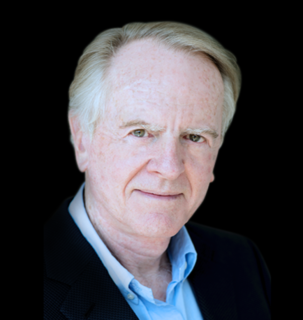
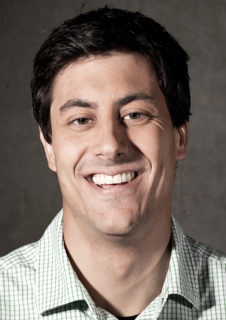
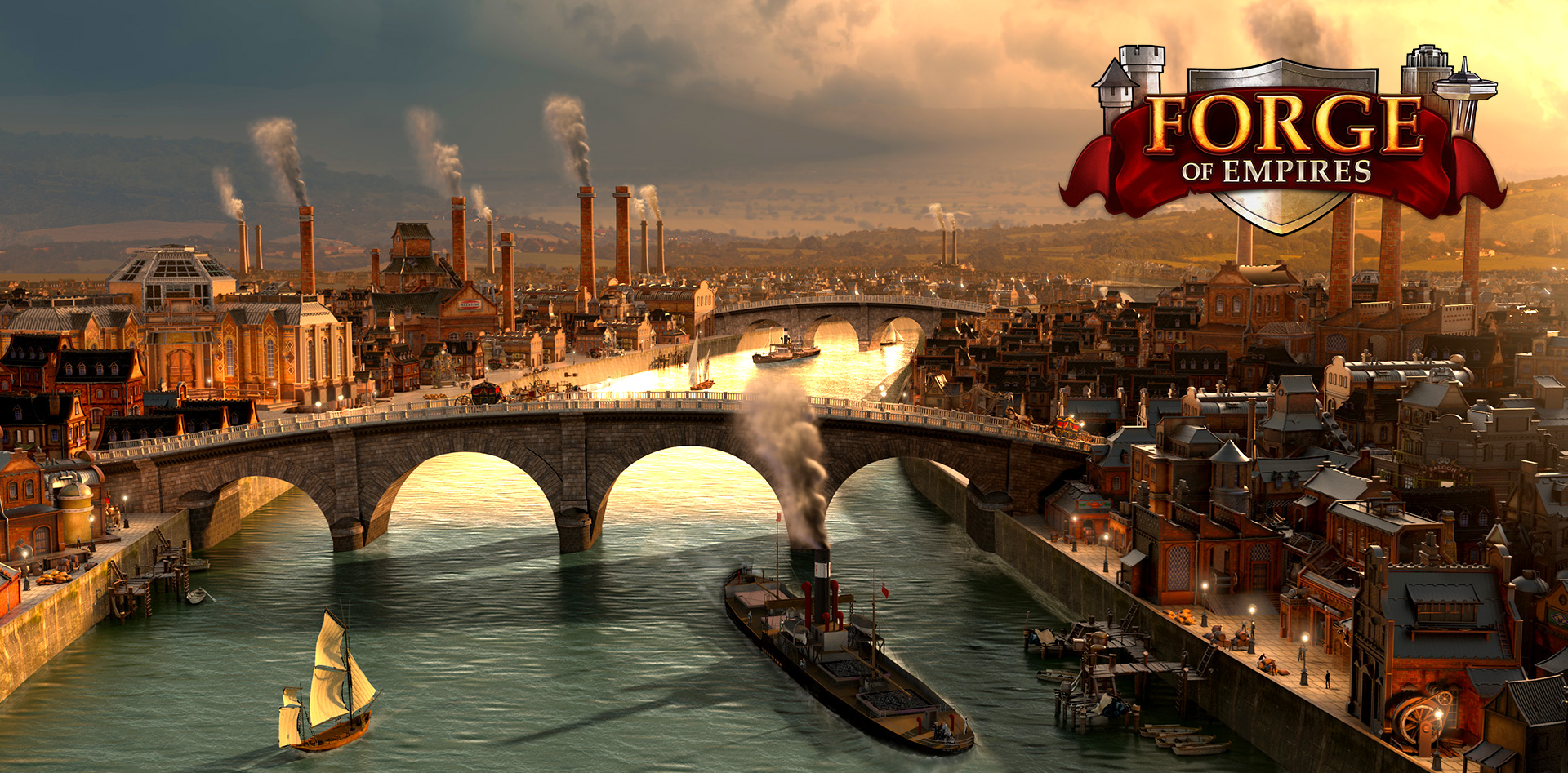

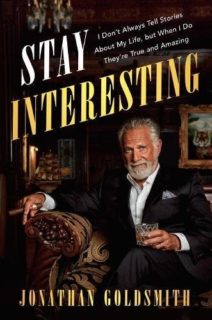 The 78 year-old actor had spent decades as a young man racking up over 500 television and movie credits, starring opposite John Wayne and Judy Garland during his career. But it wasn’t until the Dos Equis fame that Hollywood really rolled out the red carpet.
The 78 year-old actor had spent decades as a young man racking up over 500 television and movie credits, starring opposite John Wayne and Judy Garland during his career. But it wasn’t until the Dos Equis fame that Hollywood really rolled out the red carpet.